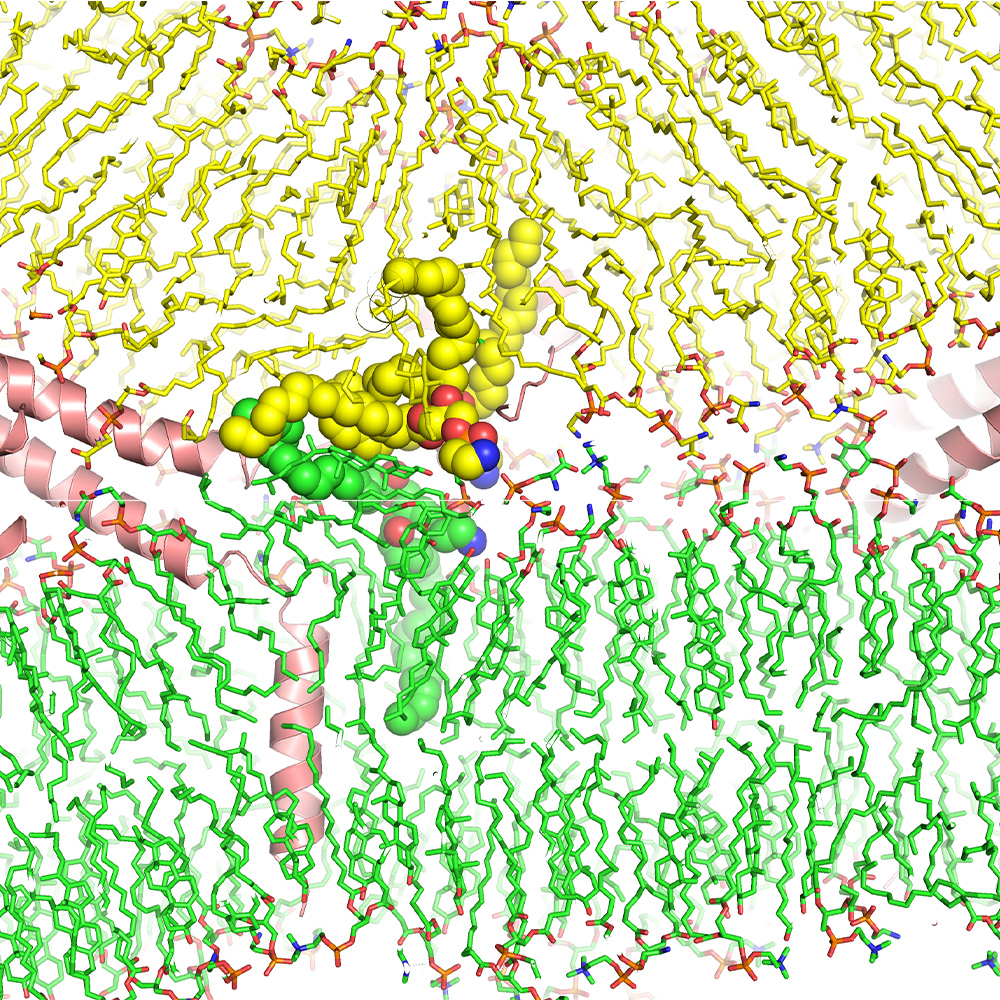A blood test for concussion? Not exactly.

Commentary by C. Munro Cullum, Ph.D.
In February 2018, the Food and Drug Administration (FDA) announced approval of a blood test for concussion. Champions of the handheld device tout it as a quick tool to evaluate concussion or mild traumatic brain injury (TBI) and potentially reduce the need for computed tomography (CT) brain scans.
However, the Banyan Brain Trauma Indicator may not be able to help diagnose concussion. It’s actually a test to identify the presence of obvious brain lesions (i.e., brain bleeds) that can occur from a TBI – but those lesions are not common in most cases of concussion.
While the test is encouraging and a step in the right direction for TBI care, it is not the holy grail of concussion detection as it’s being portrayed. It was expedited through approvals in fewer than six months, leaving neurotrauma experts concerned about the weight of the data behind the claims and how the initial findings actually relate to the most common mild type of TBI - concussion. And worse, the implications of improper use or interpretation of the test in diagnosing patients might outweigh its benefits in some cases.
How the ‘blood concussion’ test works
The Banyan Brain Trauma Indicator is designed to identify whether the enzyme ubiquitin C-terminal hydrolase-L 1 (UCH-L1) and protein glial fibrillary acidic protein (GFAP) are present in the blood. A doctor can use the small device to draw a sample of blood.
If the enzymes/proteins are present, the patient likely has a brain lesion or bleed and should receive a CT or MRI scan for further evaluation. If the proteins are not present, the patient likely doesn’t have a brain bleed, and a CT scan might not be necessary. Thus, the FDA noted that use of the device might help reduce the need for CT scans, which could save money and decrease patients’ X-ray exposure.
While the Banyan Brain Trauma Indicator might be able to identify brain bleeds, it does not replace current clinical concussion examinations. To diagnose a concussion, health care professionals must identify the presence and severity of common symptoms, which can include:
- Balance problems
- Headache
- Nausea/vomiting
- Noise sensitivity
- Pupil dilation
- Sensitivity to light
- Trouble with concentration
Unfortunately, the online buzz about the device gives the false impression that the blood test can screen for concussion. Parents, athletic trainers, or doctors who believe this hype might put student-athletes at unnecessary risk.
Potential risks of the ‘blood concussion’ test
The key thing to remember is that the absence of an obvious brain lesion or bleeding in the brain does not mean a patient is concussion-free. A doctor might give a student-athlete the blood test and receive a negative result. If the doctor doesn’t understand that the test is only able to rule out brain bleeding, the doctor might erroneously conclude that the athlete has not suffered a concussion and clear the student to return to play.
Inappropriate use of the test could result in a missed diagnosis, delayed care, or players returning to sports too quickly, which could lead to subsequent concussions and further damage the brain. This serious risk could potentially affect a large volume of student-athletes: Data from the Centers for Disease Control and Prevention (CDC) indicate that at least 75 percent of traumatic brain injuries are mild TBIs or concussions. These injuries typically do not are not associated with obvious CT abnormalities and do not require a CT scan, but do require personalized care to evaluate and treat the injured patient.
After even a mild concussion, high school athletes should be seen by an experienced TBI healthcare provider who may recommend the HEADS UP guidelines from the CDC and return to play gradually (as long symptoms do not worsen at each step):
- Light aerobic activity
- Moderate activity
- Heavy, noncontact activity
- Practice and full contact
- Competition
These risks must be taken seriously and considered before patients, trainers, and doctors attempt to use the Banyan Brain Trauma Indicator for broad TBI screening. More research is needed to determine its utility, particularly in cases of milder TBI/concussion. However, there are some benefits to proper use of the test today.
Potential benefits of the test
For many years, the FDA has been interested in reducing unnecessary radiation exposure from CT scans, X-rays, and other medical tests. By screening for brain bleeding in TBI, doctors could potentially reduce the number of CT scans a student-athlete receives over several sports seasons. However, most patients who suffer concussions are not automatically referred for CT scans. Doctors typically request CT imaging only when a brain bleed or other serious brain damage is suspected. In fact, it is important to note that the majority of concussion cases have normal CT scans.
CT scans also can be expensive for patients. This could be part of the FDA’s interest in and fast-tracked approval of the device. If doctors can safely perform fewer CT scans by ruling out brain bleeds with a blood test, we could potentially decrease patients’ radiation exposure and health care costs.
What must happen next to improve concussion care
To determine whether the Banyan Brain Trauma Indicator can effectively identify concussions, researchers will need to examine large samples of patients with uncomplicated concussions in addition to those with more serious TBIs and CT abnormalities. The original study included individuals with various severity levels of TBI.
Additionally, we don’t yet know the real-world applications of this test. The research was conducted in seven emergency departments in the U.S. and Europe, not on the field of play. Researchers haven’t yet verified that the test can be used in a sports environment, as it may not be sensitive to concussion and it may take several hours to obtain the test results.
Though the risks associated with potential misunderstanding of the utility and sensitivity of this “blood concussion test” currently outweigh the benefits in regard to general concussion screening, I think the test is a step in the right direction, since the diagnosis of concussion can be challenging. My colleagues and I are following news of the test closely and, as more research and data surface, will consider whether and how we incorporate and recommend the test for clinical application.




